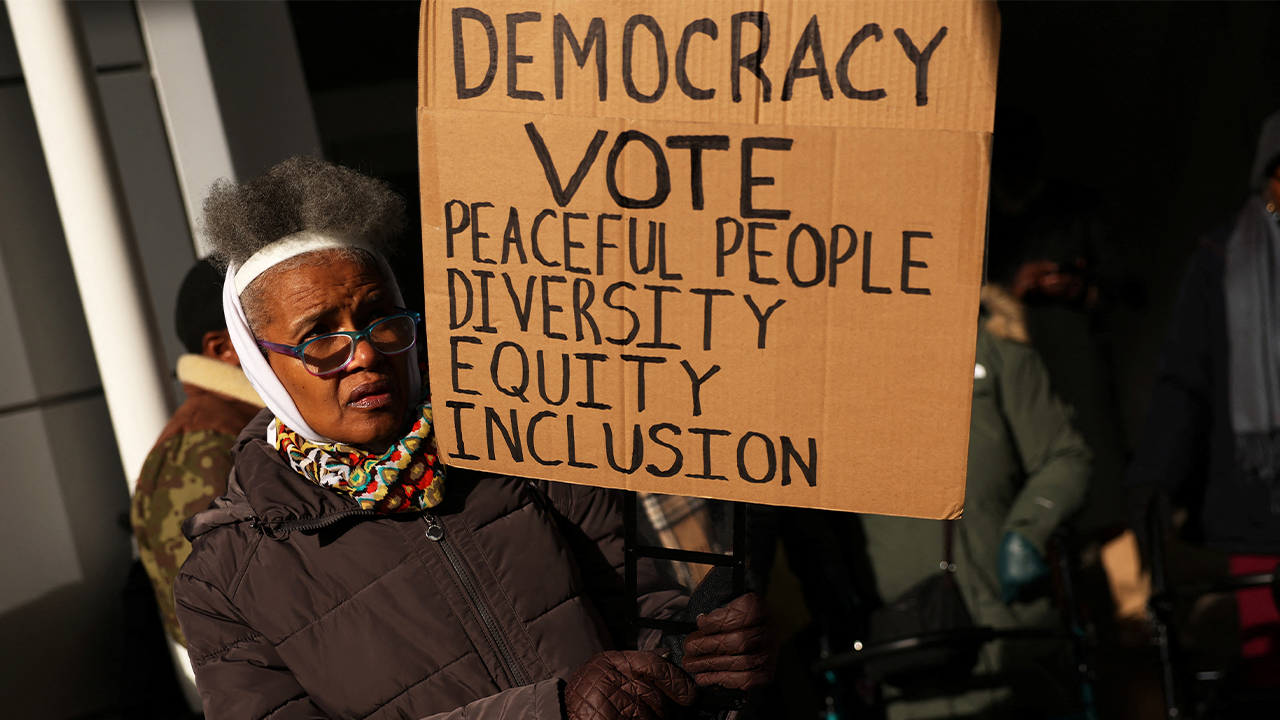By early morning they were in their frontline positions, firing artillery at the Russian forces. Hours later, wearing the same uniforms and body armor, they passed their final test – an obstacle course – and officially became Ukrainian marines.
Running through puddles and mud, climbing under barbed wire and over simulated anti-tank ditches, they shouted “Glory to Ukraine!” and “I love the Marines!” The commanders barked orders and forced them to do push-ups.
When they were done, they climbed into pickup trucks and drove back to the front lines to join Ukraine’s counter-offensive in southern Ukraine.
Ukraine’s military, trying to replenish its ranks in the midst of war, trains soldiers and puts them through proficiency tests even after they’ve been deployed to the front lines. The obstacle course the Marines completed on a recent warm summer afternoon was an example: it was built just a few miles from actual combat and included the same trenches, bunkers and barbed wire used in the war against Russia.
Candidates from the 36th Marine Brigade were pulled from the front line to run the course. To participate, candidates needed at least three months of combat experience. Many in the first group of 40 artillerymen had seen more.
“I’ve been fighting in the toughest parts of the front for eight months now, and I’ve been fighting all this time,” said Lieutenant Arseniy, who, like others interviewed for this article, asked to be identified only by his first name and rank for security reasons. Although he was an artillery platoon commander, he was not yet qualified to wear the naval beret.
Although muddy and exhausted, the men were in good spirits and greeted each other before running the course.
“The day has come when you can show you’re a true Marine,” Maj. Nazariy Tofan, who conducted the training, told the candidates. “You should remember this race for the rest of your life.”
As Ukraine fights hundreds of kilometers of front lines in a war that has dragged on for 17 months and shows no signs of easing, it must replace fallen soldiers and continue training those who have served without completing formal preparation. The 36th Marine Brigade fought in the southern city of Mariupol after Russia began its full-scale invasion last winter, and held out for weeks inside a steel factory that was relentlessly bombarded by Moscow’s troops.
Many died or were wounded and more than a thousand were captured. The former commander of the brigade is still a Russian prisoner of war.
Only about 200 marines escaped the encirclement. Survivors were assigned to fight in the southern Kherson region and new troops were called up. The 36th Brigade is now about the typical size of a brigade, about 4,000 Marines.
The obstacle course was designed to simulate actual combat conditions as closely as possible. Smoke grenades and firecrackers went off. There was an ambush. Fellow Marines fired blanks and yelled at the candidates.
54-year-old Private Serhiy fell behind. A doctor came to examine him, diagnosed high blood pressure, and gave him an injection. He failed the course.
“This war is no longer for me,” he said.
“That doesn’t apply to any of us in Ukraine,” the doctor replied.
The other contestants kept running, fighting through mud and burning tires. At the end of the course, 39 of the 40 participants had qualified.
After other groups rose to the challenge, a ceremony was held where the newly minted Marines swore their oath – to be brave and not leave their brothers in arms behind – and accepted their berets. Then they returned to the front.





